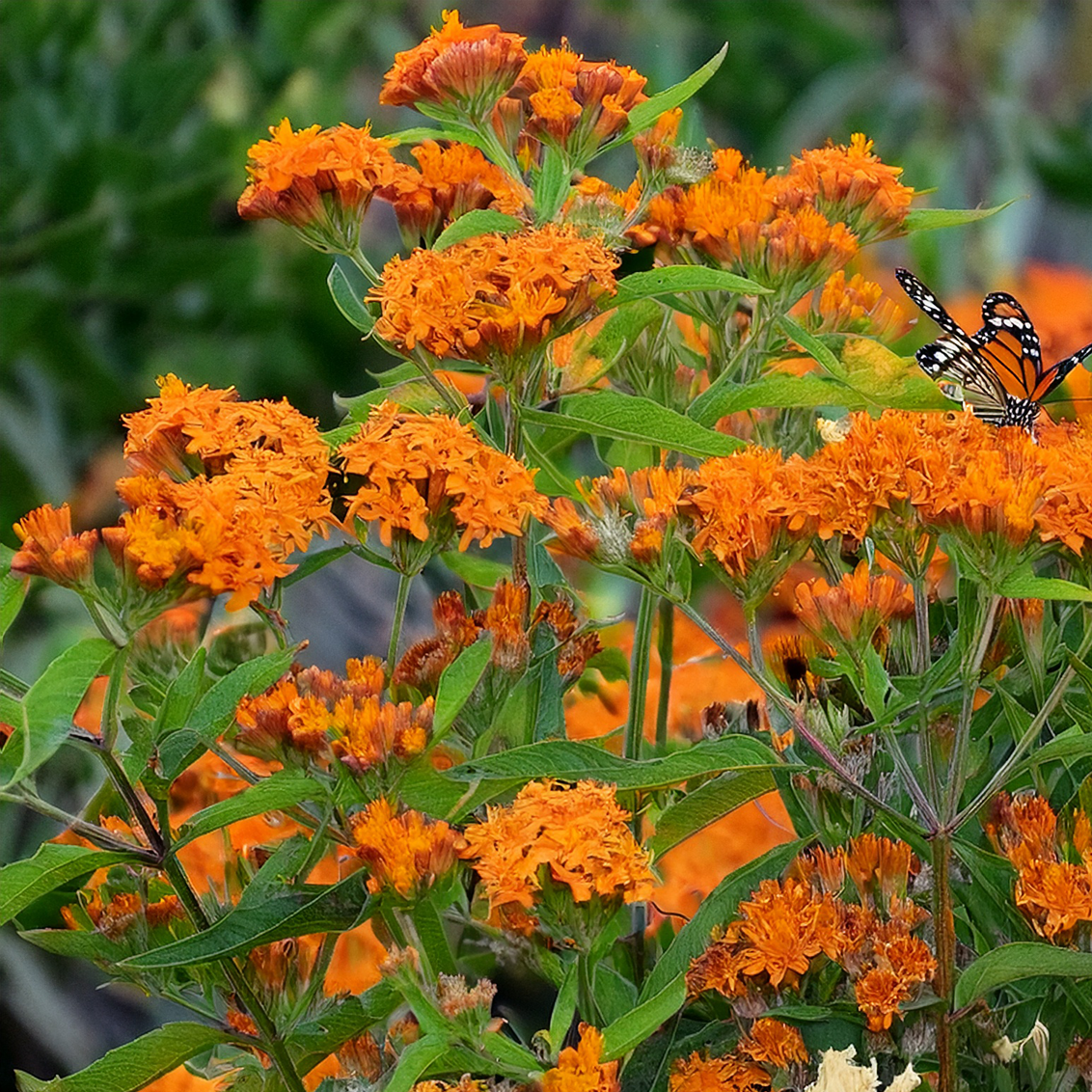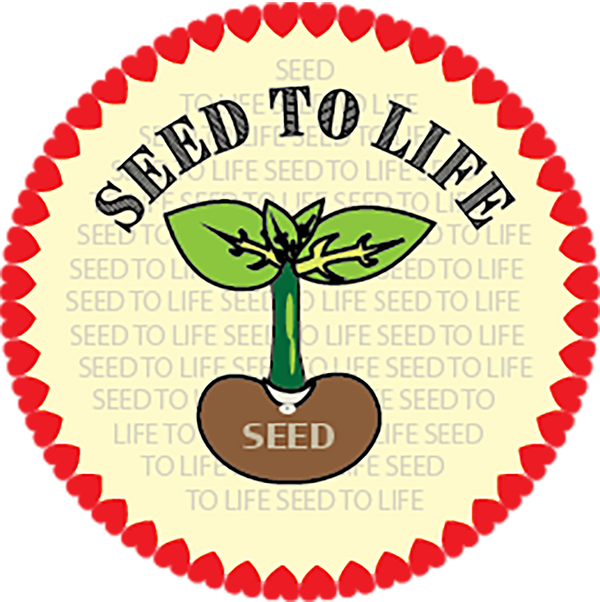Seed To Life
Milkweed Flower Seeds- 30 Seeds
Milkweed Flower Seeds- 30 Seeds
Couldn't load pickup availability
Milkweed (Asclepias) 🌿🦋
Botanical Name: Asclepias spp.
Milkweed is a vital native plant known for its brightly colored flowers and crucial role in supporting pollinators, particularly the Monarch butterfly. This native wildflower produces clusters of fragrant, nectar-rich blooms that attract bees, butterflies, and other beneficial insects. While flowering may take 2–3 years after planting, the wait is rewarded with striking, long-lasting blossoms and an ecologically valuable addition to any garden or naturalized area.
🌟 Why Grow Milkweed?
✔️ Supports Monarch Butterflies – Essential for the Monarch's lifecycle, as it serves as the primary food source for caterpillars
✔️ Beautiful Flowers – Clusters of pink, orange, red, or white flowers add vibrant color to any garden
✔️ Drought-Tolerant – Once established, it thrives with minimal water, making it low-maintenance
✔️ Native & Wildlife-Friendly – A great addition to pollinator gardens, attracting various beneficial insects
✔️ Resilient Perennial – Returns year after year, providing a long-lasting garden presence
🪴 Growing Conditions:
-
Climate: Prefers temperate climates (USDA zones 4–9) and is adaptable to a wide range of environments, from prairies to coastal areas.
-
Light Requirements: Requires full sun for optimal blooming and healthy growth (at least 6 hours of direct sunlight daily).
-
Watering: Drought-tolerant once established, but benefits from regular watering during dry spells, especially when young.
-
Soil: Thrives in well-drained, sandy, or loamy soils with a slightly alkaline to neutral pH. It doesn’t tolerate wet, waterlogged soil.
-
Spacing: Space plants 18–24 inches apart to allow for adequate air circulation and room for growth.
-
Fertilization: Milkweed is naturally adapted to poorer soils and generally doesn’t need much fertilization. Too much fertilizer can lead to lanky growth and fewer blooms.
-
Pests & Diseases: Generally pest-resistant but may attract aphids, which can be controlled with water or natural predators. Also, susceptible to fungal infections in overly wet conditions.
🌿 Pro Tip: For a continuous bloom, deadhead spent flowers to encourage new blooms and reduce the chance of seed pods developing. However, leave some pods on the plant in late summer to provide seeds for wildlife or for future planting.
Milkweed is not only a beautiful addition to any garden but also plays an important ecological role in supporting local wildlife and maintaining biodiversity. 🌸🦋
Share


